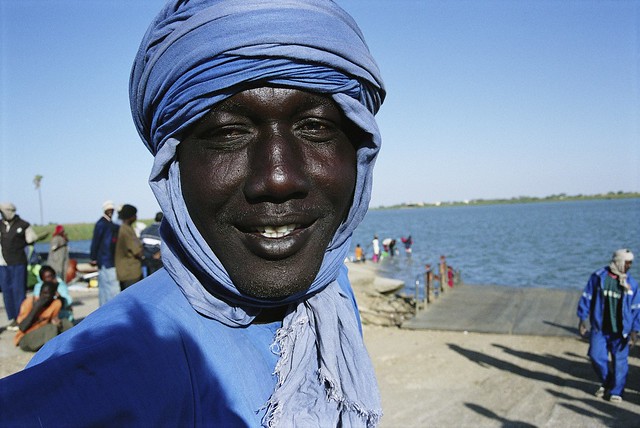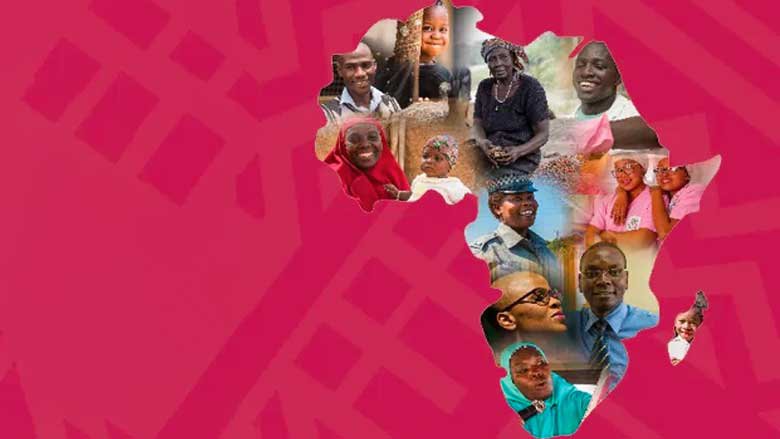Somalia is progressing its policy reform agenda while leveraging the momentum created by the Heavily Indebted Poor Countries (HIPC) Initiative. Despite multiple climatic shocks and a complicated security situation, Somalia continued advancing structural reforms. In addition, Somalia maintained a track record of sound macroeconomic management as evidenced by the satisfactory implementation of the International Monetary Fund (IMF) Extended Credit Facility (ECF) program. A new 3-year ECF arrangement, approved in December 2023, is supporting SomaliaˇŻs post-HIPC economic agenda with the Executive Board of the IMF concluding the second review under the new program in December 2024. However, increased uncertainty due to the expected reduction in official development assistance poses a significant challenge to sustaining these achievements.
Political relations in the region are experiencing dynamic change, with new opportunities for Somalia to benefit from regional trade integration as it became the eighth member of the East African Community in March 2024. As Somalia moves out of fragility, it needs to gradually transition from relying on humanitarian aid to sustainable development approaches.
Economic Development?
As Somalia continues to rebuild economic governance institutions, it has several opportunitiesˇŞrapid urbanization, the growing use of digital technologies, planned investments in energy, ports, education, and healthˇŞso building resilience to shocks is a priority to support economic growth and job creation. However, severe droughts, floods, locust infestation, the pandemic, volatile global prices, as well insecurity and conflict have slowed the transition from fragility. Real GDP growth averaged only 2.4% annually in 2019¨C24 with an average negative real GDP per capita growth of 0.4%.
In 2024, sustained favorable rains improved agricultural production and led to better food security and higher private consumption; economic growth remains strong, standing at 4% in 2024, compared to 4.2% in 2023.
Exports recovered faster than imports, as livestock and crops exports rebounded. Imports of goods and services grew at a slower pace, supported by high demand for food and medicines and easing of global food and oil prices. Nevertheless, trade gap widened to 62.1% of GDP in 2024, from 60.8% in 2023. The current account deficit narrowed to 8.9% of GDP in 2024 on the back of strong growth in remittances and external on-budget aid. Inflation eased further compared to 2023, but overall inflation remained sticky at 5.5% in 2024. Fiscal accounts were in small surplus supported by higher external grants and tax revenue.
Repeated shocks have eroded householdsˇŻ assets and purchasing power, increasing the risk of more people falling into poverty. In 2022, an estimated 54% of the Somali population lived below the national poverty line. According to the 2022 Integrated Household Budget Survey, poverty rates are larger among the nomadic and urban population. Labor force participation rates are exceptionally low, with significant gender gaps. Only one-third of men and 12% of women participate in the labor market. Almost half of those employed are living below the poverty line, indicating that jobs are of low productivity. Therefore, accelerated momentum in building institutions and developing resilience is fundamental for growth, poverty reduction, and transition from fragility.
The mandate of the African Union Transition Mission in Somalia (ATMIS) ended in December 2024 and has been replaced by the African Union Support Mission in Somalia (AUSSOM).
Last Updated: Apr 09, 2025









